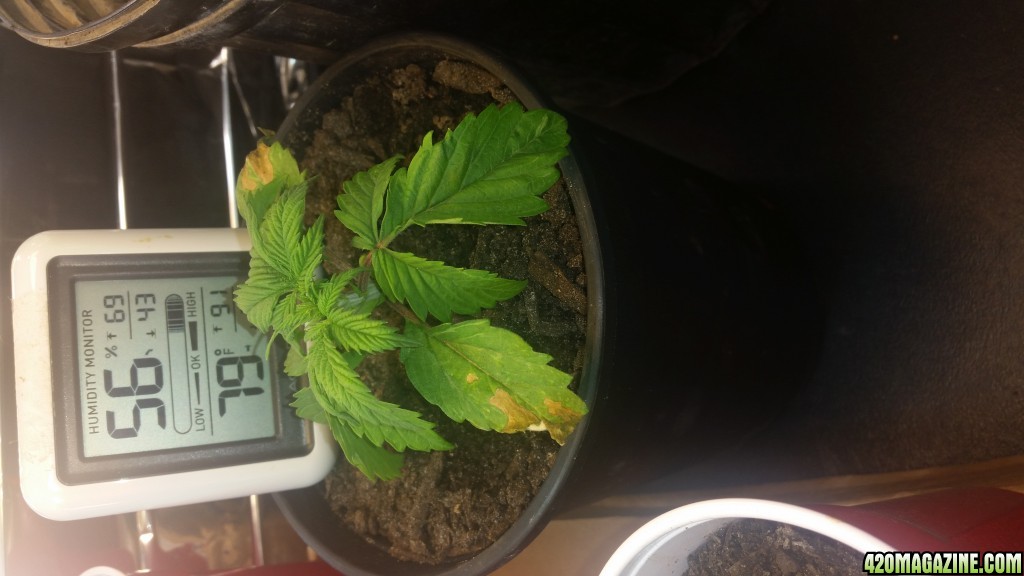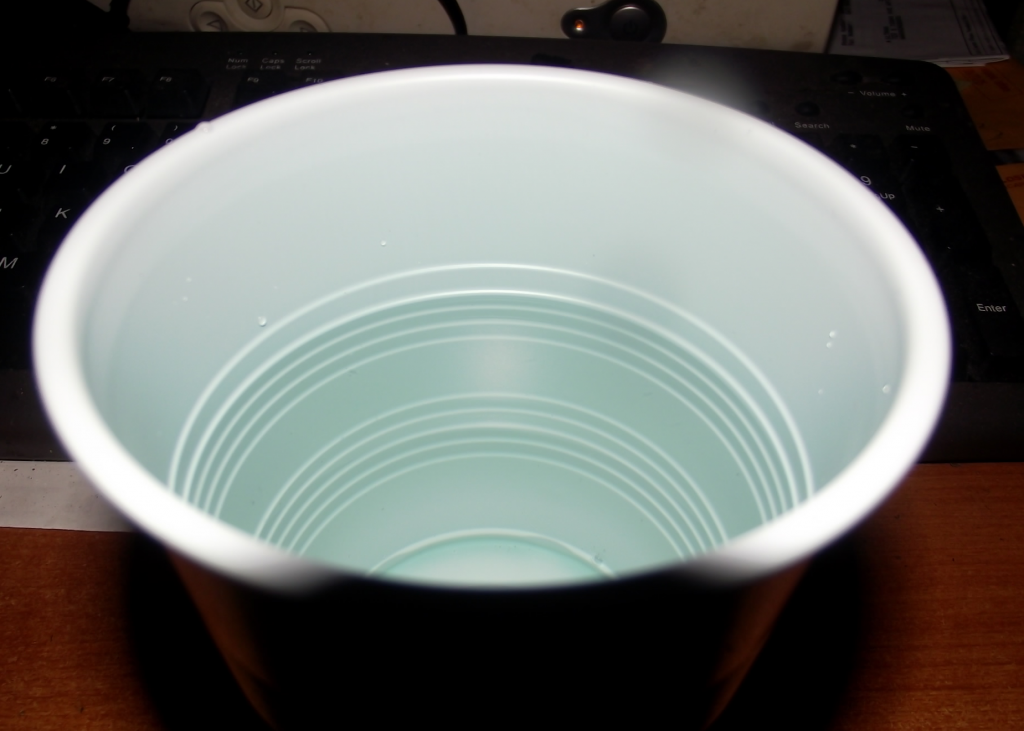- Thread starter
- #21
I'm not having any luck at all with my original plants, there all clinging to life, the leaves are turning yellow/brown crisp from the bottom of the plant up. I'm thinking on cutting my losses focusing on my new seedlings. And moving my grow out of my dirty dirt floor basement into the spare room's closet. I don't know if the roots are rotting or if I damaged them or what, or if it's the soil there in, but it's not working






